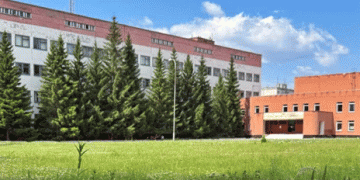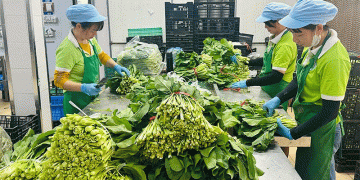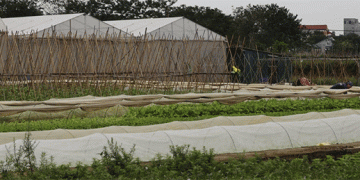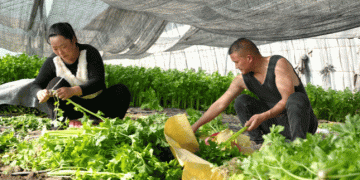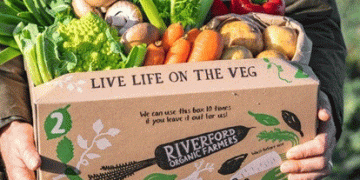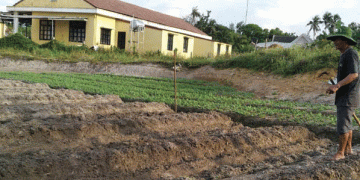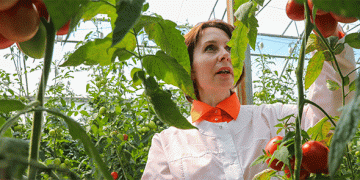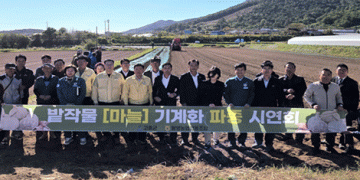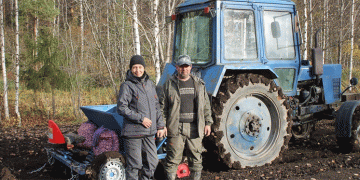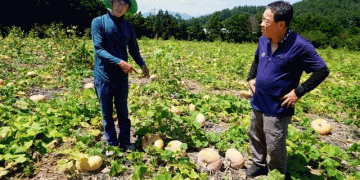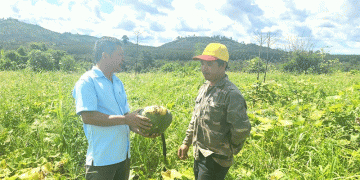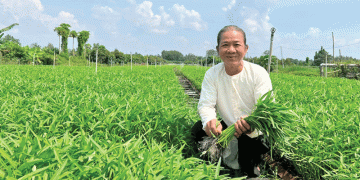For garlic growers, the window to a profitable harvest opens not in the spring, but in the autumn, with the selection and planting of each individual clove. The South Jeolla Province Agricultural Technology Institute has issued a timely reminder that stability and yield are directly engineered through meticulous seed garlic management. From precise planting windows and calibrated clove weights to rigorous disinfection protocols, their guidelines offer a masterclass in turning foundational agronomic practices into a competitive advantage.
The Precision Agronomy of Seed Selection and Sowing
The Institute’s recommendations move beyond general advice to provide specific, actionable thresholds that are critical for optimizing plant physiology and machinery performance.
- The Goldilocks Zone of Planting Time: For their main “warm region” garlic type, the optimal planting window is a narrow period from late September to mid-October. Planting too early exposes cloves to soil temperatures above 25°C, which can trigger physiological disorders like leaf die-back and growth arrest. A study from The Journal of Horticultural Science and Biotechnology confirms that high pre-winter temperatures can reduce eventual bulb yield by up to 15% by depleting the clove’s carbohydrate reserves prematurely. Planting too late, conversely, leads to poor root establishment and increased susceptibility to winterkill, stunting the crop from the start.
- The Economics of Clove Size: The recommended clove weight of 5-7g is a key factor in profitability. Cloves smaller than 3g often produce weak plants with significantly reduced yields. Research has shown that using undersized seed cloves can lead to a yield reduction of 20-30%. Conversely, cloves larger than 7g are an inefficient use of expensive seed stock and are prone to “bolting” or secondary growth, where the bulb splits, drastically reducing marketable quality.
- Optimizing for Mechanization: The advice to sort cloves by size, especially for mechanical planting, is crucial for operational efficiency. Uniform clove size ensures consistent planting depth and spacing, which is vital for even emergence and maturity. Inconsistent cloves lead to skips and doubles, increasing the “missing plant rate” and compromising overall field yield potential.
Proactive Disease Management: A Non-Negotiable Step
Perhaps the most cost-effective recommendation is the pre-planting disinfection of seed cloves. The Institute specifically warns against soil and seed-borne threats like white rot (Sclerotium cepivorum), bulb rot (Fusarium spp.), and mites. These pathogens can decimate a crop, with white rot being particularly devastating, as its sclerotia can persist in soil for decades. Immersing cloves in a registered disinfectant solution for one hour before planting is a simple, low-cost intervention. Studies have demonstrated that such treatments can reduce the incidence of soil-borne diseases by over 50%, protecting the significant investment in land preparation, seed, and labor.
The guidance from South Jeolla is a powerful testament to a fundamental agricultural truth: success is built from the ground up. There is no amount of post-planting intervention that can fully compensate for poor seed quality, incorrect timing, or overlooked disease inoculum. By treating seed garlic not as a simple input but as the primary vessel of the crop’s genetic and health potential, growers can systematically de-risk production. Adopting these precise, science-backed protocols for selection, timing, and disinfection is the most straightforward strategy to ensure a uniform, healthy stand, maximize tonnage per hectare, and protect the economic viability of the garlic enterprise.















